Four new HRSMC Fellowships and one John van Geuns Fonds Fellowship awarded in April 2018
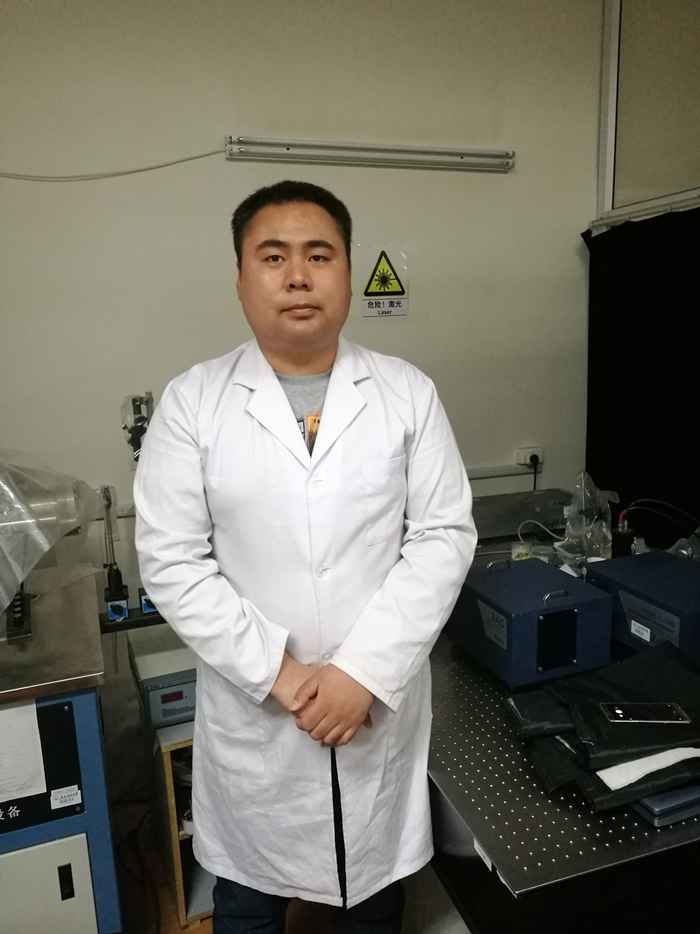
Optical sensing without light excitation based on super long persistent luminescence nanoparticles
Guest: Dr. Jian Yang (Northeast Normal University, CN); hosted by Prof. Hong Zhang and Dr. Stefania Grecea (University of Amsterdam). This Fellowship is awarded by the John van Geuns Fonds.
A visit of 5 months.
The project aims at developing and optimizing the nanostructures of the novel super long persistent luminescent Ga-Ge-Zn-O complex for molecular sensing and biomedical applications. Sensitivity of the persistent luminescence to the local nanostructure which is of the vital importance in the applications of these nanoparticles will be unraveled from both the physical and chemical aspects. The origin of the defects responsible for the persistent luminescence and the relevant charge/energy transfer dynamics will be explored.
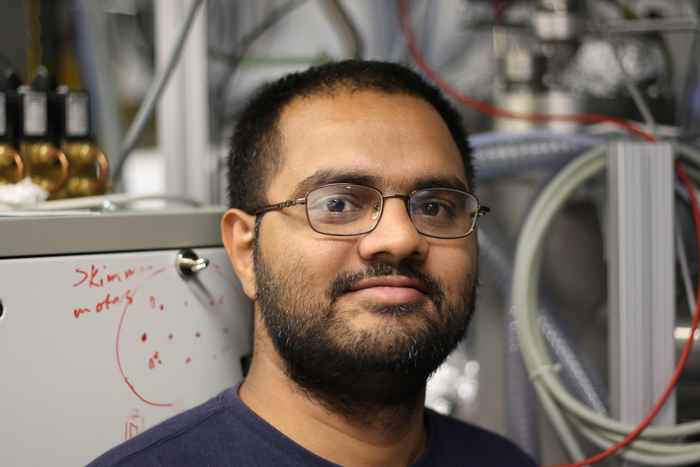
Molecular chirality revealed by femtosecond multiphoton ionization.
Guest : Dr. Bhargava Ram (Indian Inst. of Science Education and Research, Bhopal, India); Hosted by :Prof. Dr. Wybren Jan Buma (UvA) and Prof. Dr. Luuk Visscher (VU)
A visit of 3 weeks.
Dr. Bhargava Ram will look into the details of the photoelectrons and photoions emerging from photoionization of pure enantiomers of chiral molecules (e.g. 2-Butanol) and determine to what extent the chiral structure of the molecule presents itself in the photoelectron and photoion angular distributions. Angular distributions of photoelectrons and photoions are sensitive to the molecule symmetry and structure and this key idea will be used to test chiral configurations. The HRSMC fellowship will facilitate experiments using the electron-ion coincidence imaging setup in conjuction with femtosecond laser pulses in the UV and utilize the expertise in the groups of host researchers- Prof. W J Buma and Prof. L Visscher - in understanding the chiro-optical interactions during ionization.
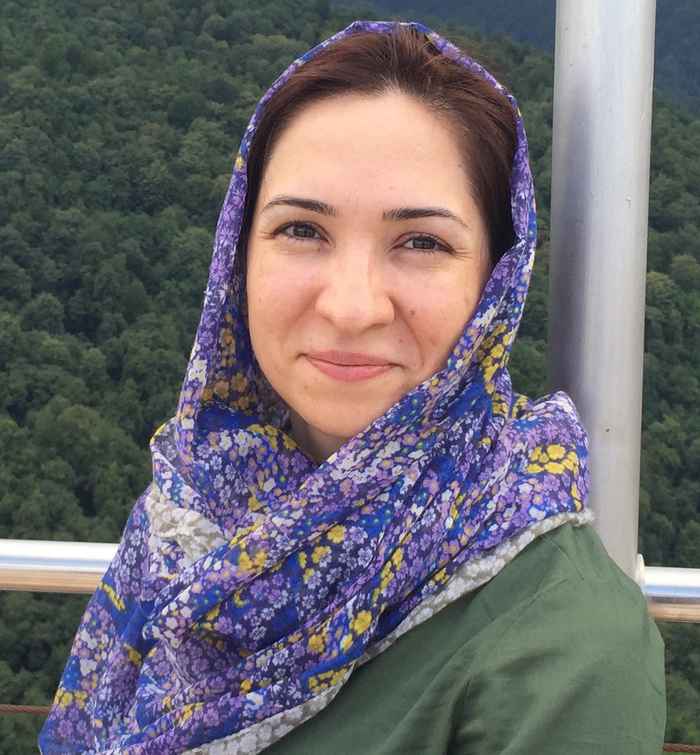
Study of highly magnetic metal cluster with new theoretical method
Guest: Dr. Zahra Jamshidi (Chemistry and Chemical Engineering Research Center of Iran; hosted by Prof. dr. Lucas Visscher (VU,) and Dr. Joost Bakker (Radboud University)
2 Visits, totalling to 2 months
Magnetic metal clusters have been the focus of considerable research due to their potential application in spin electronic devices, in which information is stored and manipulated via electron spins rather than charges. However, the calculation of the relative energetic ordering of magnetic clusters with different spin multiplicity presents serious challenges in computational chemistry. In this HRSMC project, Dr. Jamshidi of the Chemistry and Chemical Engineering Research Center of Iran in collaboration with Prof. dr. L. Visscher (in VU) plan to develop a new theoretical method to study the lowest spin multiplicity of high spin metal clusters. In this technique, fractional occupation numbers will be used to calculate and compare different orbital occupation possibilities. This method aims to efficiently find the lowest spin at each molecular geometry. In addition, they will validate this method by comparing the predictions with IR spectra for metal cluster systems recorded by the Dr. J. M. Bakker and co-workers at Radboud University, and with Stern-Gerlach magnetic deflection measurements from Prof. A. Kirilyuk (Nijmegen).
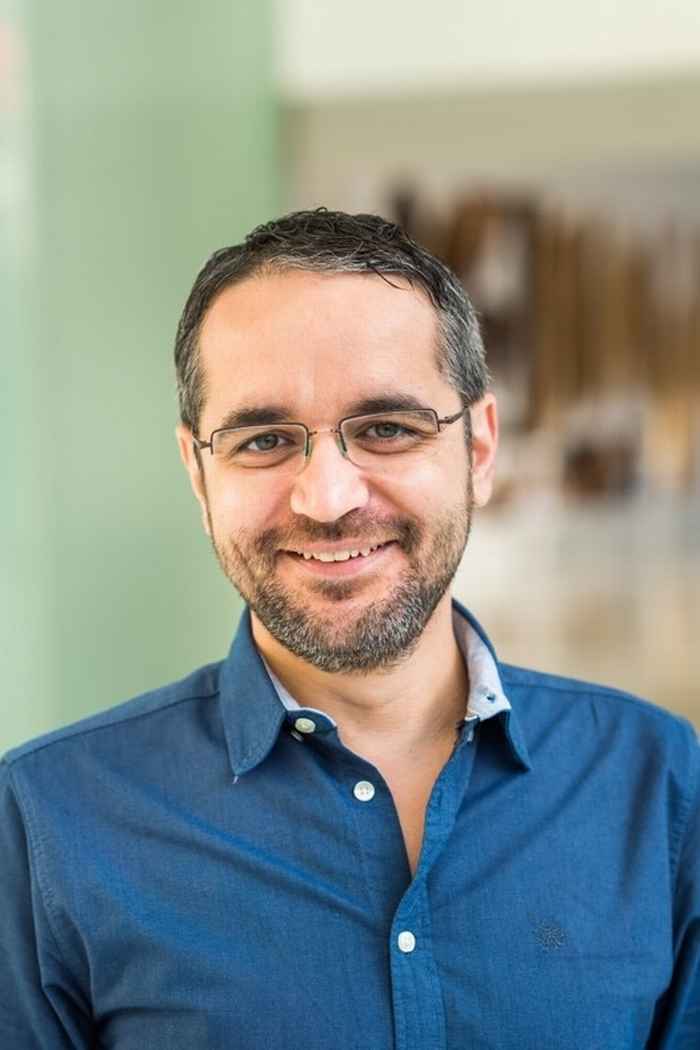
Bridging the gap between homogeneous and heterogeneous catalysis
Guest: Prof. Mircea Dincă (Massachusetts Institute of Technology, Department of Chemistry). Hosted by: Dr. Stefania Grecea and Dr. Ir. J.I. v.d. Vlugt
A visit of one month
Functional materials are and will remain an important economic player worldwide. Designing of materials by controlling their structure and functionalities is needed to achieve high performance in industrial applications, especially when considering long term stability. This project focuses on the designed synthesis of hybrid inorganic-organic functional materials for sustainable applications, in particular in the context of carbon dioxide (CO2) valorization. This HRSMC Fellowship nicely complements ongoing research efforts to utilize metal-organic frameworks as nanostructured materials for reversible CO2 storage and as catalytic materials for the photo- and electrocatalytic reduction of CO2 to produce renewable fuels. This NWO-funded research is carried out within the Research Priority Area Sustainable Chemistry at the UvA.
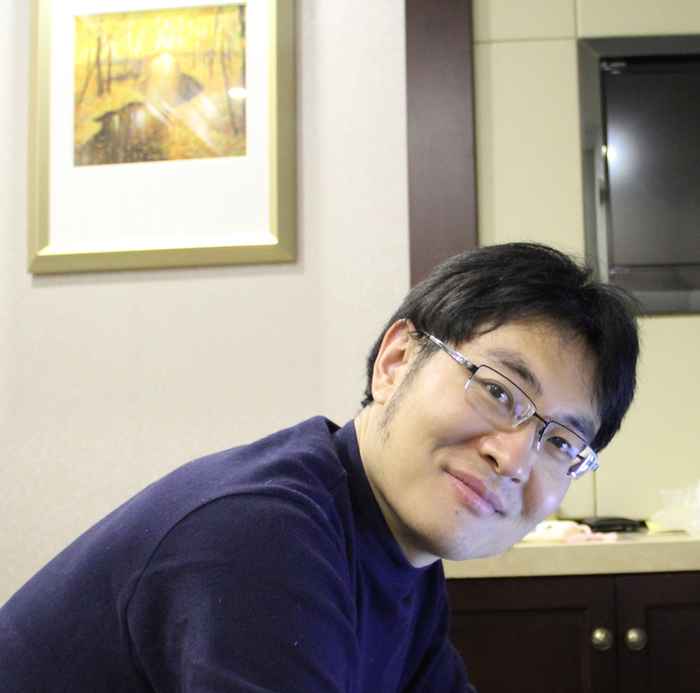
Chemical origin of lattice match effect in heterogeneous nucleation
Guest: Prof. Xiandong Liu (Nanjing University, Nanjing, China) Hosts: Evert Jan Meijer and Gadi Rothenberg (UvA)
Heterogeneous nucleation of metal ions is an important process, and relevant for a diverse range of chemical systems, such as colloid chemistry, heterogeneous catalysis, and geochemical processes.
For the nucleation on crystal surfaces, it is known that lattice match can promote nucleation. However, the chemical mechanism of these processes is still unclear for covalent/ionic materials.
In the present project we aim to provide novel insight into nucleation of metal ions on water/mineral interfaces using a combined computational/experimental study. Employing advanced molecular simulations methods together with accurate spectroscopic measurements, the adsorbate structures, and nucleation mechanism of various ions will be characterized. This will elucidate the chemical mechanism of heterogeneous ion nucleation on an atomistic level.